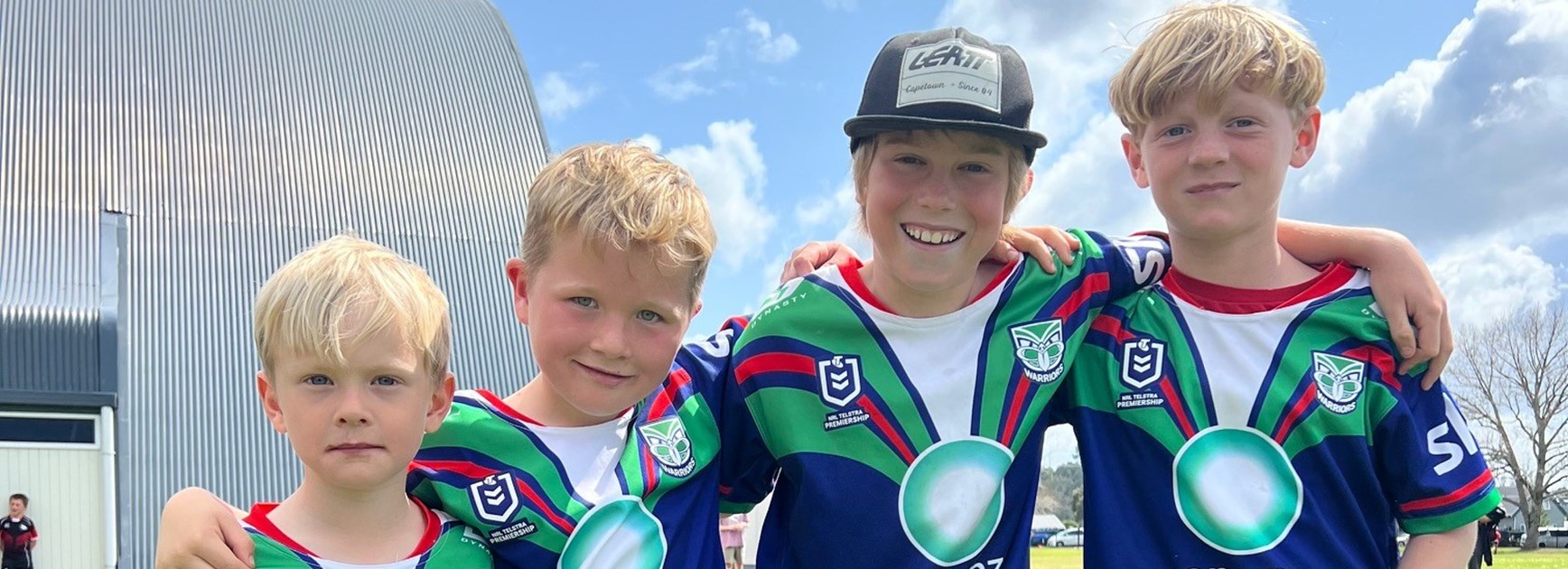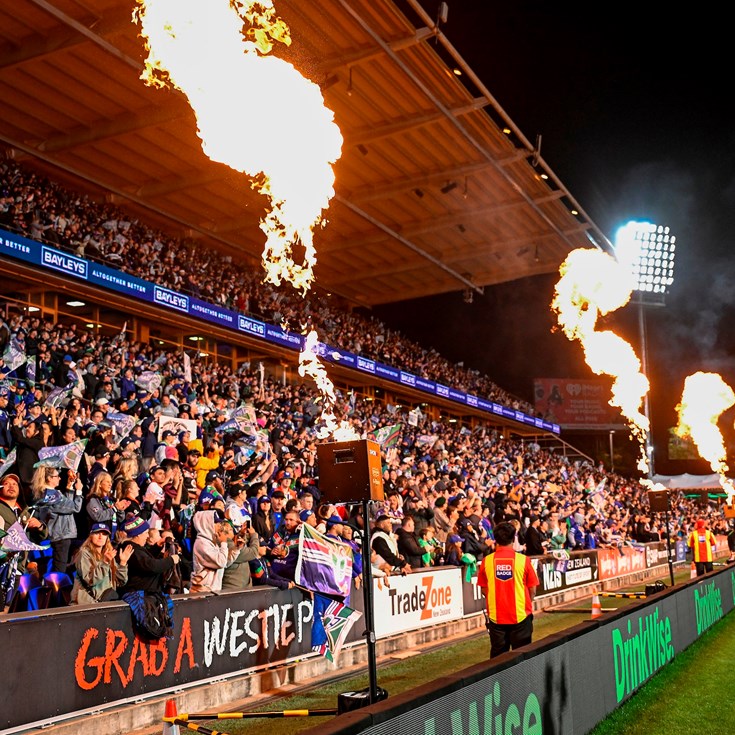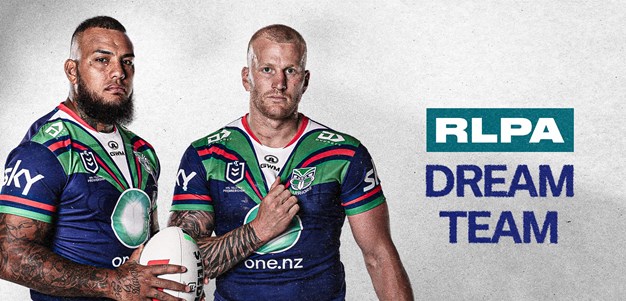If more proof is needed about rugby league’s Warriors-powered booming popularity, then empirical evidence can be found in what has historically been rugby union heartland in the Thames Valley-Coromandel region.
It’s a far-flung geographical area taking in a network of rural centres and beach resorts where for more than 100 years rugby union has essentially been the only game in town.
Just a few years ago it was still unthinkable that rugby league would ever have any sort of presence let alone a foothold. Not only that, but actually co-existing with rugby union clubs. Unimaginable.
Not now. It’s akin to a revolution.
Prime exhibits could be found on a September Saturday at two locations, one at Whangamatā Area School entering the surfing centre’s southern boundary and the other 105kms south at Bedford Park in Matamata on the western side of the Kaimai Range.
What was unfolding there has been going on around towns in the region since the start of August with hundreds of kids gathering each week alongside helpers, family and friends with one common denominator – to play rugby league.

In Whangamatā, the school’s playing fields were abuzz with boys and girls playing for the Whangamatā Whai, Manaia Mako, Mercury Bay Boars and Tairua Taniwha in under-seven, under-nine, under-11 and under-13 age brackets before the day finished with a senior men’s contest between Whangamatā and the Ngātea Rugby and Sports Club (yes, Ngātea rugby).
Switch to Bedford Park – a rugby union venue – and the same was happening for boys and girls in teams from the Te Aroha Mavericks, Hauraki Tigers, Ngatea, Thames Junior Rugby League and United Matamata Sports (with teams called the Little Wahs, All Stars and UMS Broncos).
Less than two years ago the Hauraki District Rugby League, one of five districts in the New Zealand Rugby League’s Upper Central Zone, was barely visible.

But fuelled by the One New Zealand Warriors’ all-encompassing popularity, rugby league interest in the area has exploded.
Hauraki chair Phil Reid said there were just three clubs and 150 registered players – but now there are nine clubs and 1100 registered players.
At the Whangamatā carnival last weekend, one mother said she didn’t know anything about rugby league last year. She wasn’t alone – but they all know about it now and say their kids can’t get enough of it.
Whangamatā Whai’s Daniel Paul says the club had 40 players last season; this year it has more than 120.
And he says it’s all because of the ‘Up the Wahs’ movement. That in turn has led to kids and families switching onto the NRL.
What’s more it has come about through collaborating with the Whangamatā Rugby Club. The league club has use of the rugby club’s fields and facilities. The same is true elsewhere where the carnivals and senior rugby league games are played at traditional rugby union venues like Rhodes Park in Thames, Boyd Park in Te Aroha and others.

Since last year the rugby league season has kicked in after the rugby union one finishes in July, giving players young and old the chance to play both games.
The Hauraki league has adopted a carnival model run on a conference basis with teams in one conference converging on one centre in the Coromandel area and the other conference centred on a town in the Thames Valley region. Three times in the season all teams go to one centre with enough fields to cope with them (Thames, Te Aroha and Ngatea).
For Daniel Paul the accent at Whangamatā Whai is on development, not results – introducing as many kids as possible to rugby league, making it fun and whānau-focused.
The kids – and families – can’t wait for more. Bring on 2025 already.






